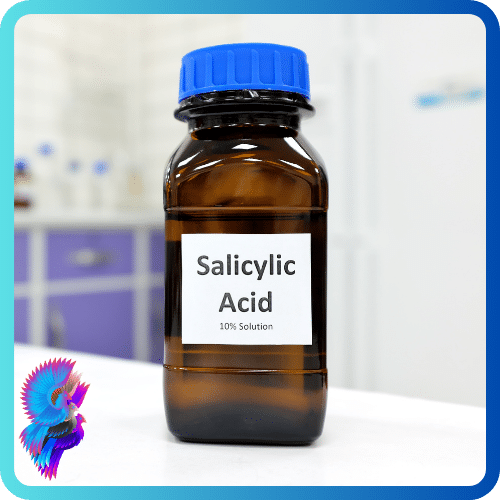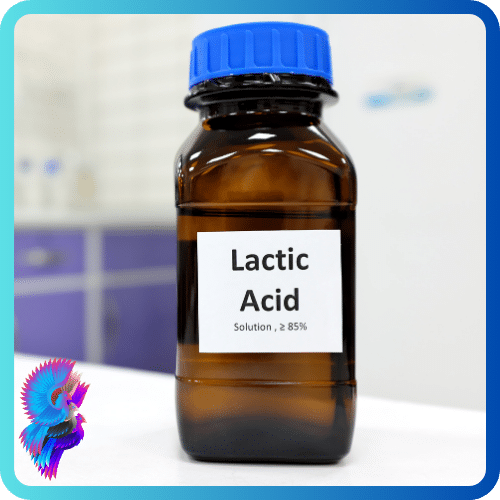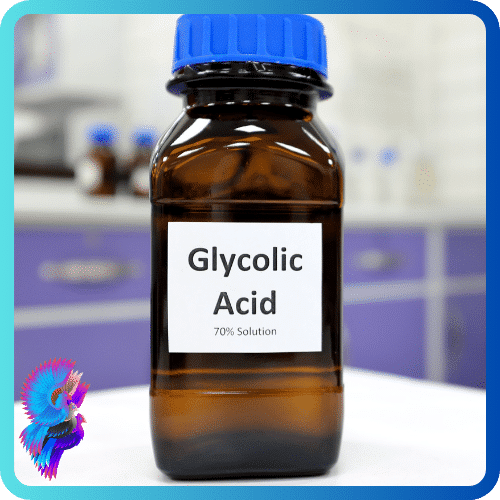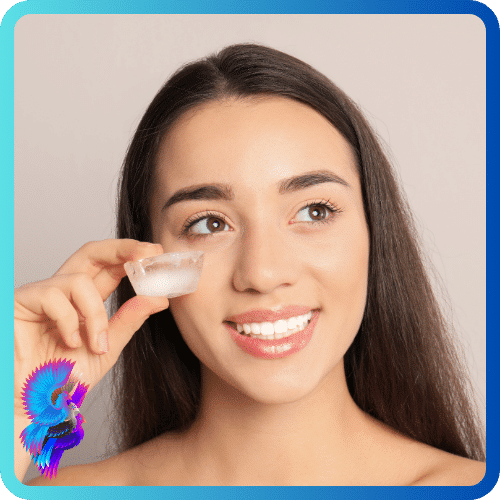If you are looking for a way to improve your skin’s appearance, you may have heard of fractional laser treatments.
Fractional lasers are a type of laser resurfacing that can treat a variety of skin concerns, such as wrinkles, scars, pigmentation, and texture.
Unlike traditional lasers that remove the entire surface layer of skin, fractional lasers create tiny columns of heat damage in the skin, leaving some areas intact.
This stimulates the skin’s natural healing process and collagen production, resulting in smoother, firmer, and more even-toned skin.
Fractional lasers can be divided into two categories:
ablative and non-ablative.
Ablative fractional lasers create deeper wounds in the skin, but also produce more dramatic results.
Non-ablative fractional lasers are gentler and have less downtime, but may require more sessions to achieve optimal results.
The type of fractional laser that is best for you depends on your skin type, condition, and goals.
Some of the most popular fractional lasers on the market are:
– Fraxel: Fraxel is a non-ablative fractional laser that can treat fine lines, sun damage, melasma, acne scars, and more.
It has a cooling mechanism that reduces discomfort and protects the skin from burns. Fraxel can be used on all skin types and colors, but may cause temporary redness, swelling, and flaking after treatment.
– ActiveFX: ActiveFX is an ablative fractional CO2 laser that can treat deeper wrinkles, sagging skin, scars, and uneven texture.
It has a faster recovery time than traditional CO2 lasers, but still requires about a week of downtime.
ActiveFX can also cause temporary redness, swelling, crusting, and peeling after treatment.
– ResurFX: ResurFX is another non-ablative fractional laser that can treat mild to moderate signs of aging, scars, stretch marks, and enlarged pores.
It has a built-in scanner that ensures precise and uniform delivery of energy to the skin. ResurFX can also cause temporary redness, swelling, and flaking after treatment.
Fractional laser treatments are generally safe and effective when performed by a board-certified dermatologist or plastic surgeon.
However, they are not without risks or side effects.
Some of the potential complications include infection, scarring, hyperpigmentation, hypopigmentation, blistering, and eye injury. To minimize these risks, you should follow your doctor’s instructions before and after treatment, avoid sun exposure and tanning beds for at least a week before and after treatment, and use sunscreen daily.
Fractional laser treatments can offer significant improvement in your skin’s appearance and quality.
If you are interested in learning more about fractional lasers or finding out if you are a good candidate for this procedure, consult with a qualified professional near you.


































